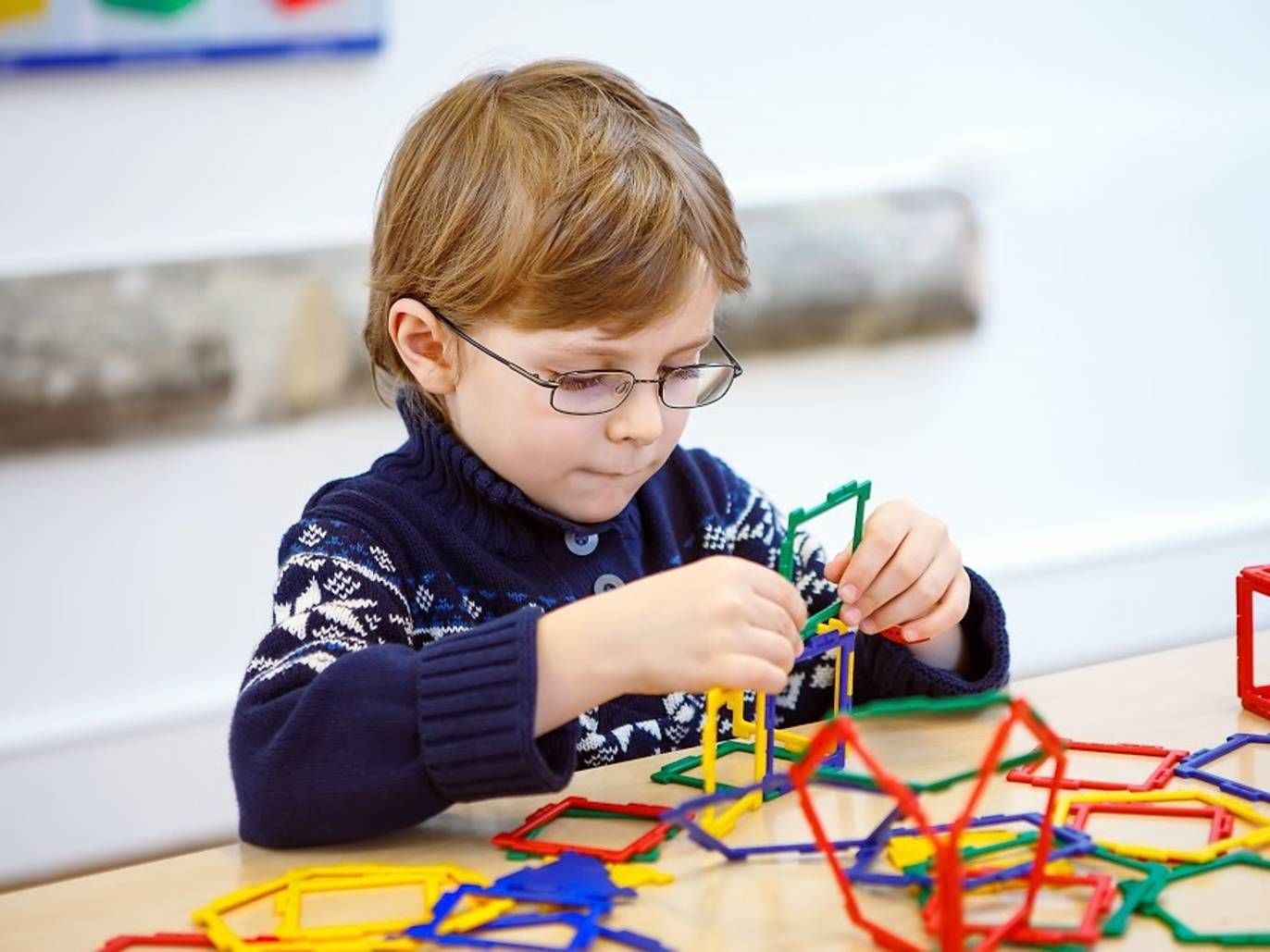As paediatric occupational therapists, we work closely with children to help them develop all of the necessary skills for their daily activities. One important area of focus is visual perceptual skills, which play a crucial role in how children interpret and respond to what they see. These skills are vital for tasks such as reading, writing, playing, and navigating their environment safely. These skills can sometimes be missed or overlooked but here at KFOT we always ensure they are assessed, as they are a building block for development across all areas and will help us target our intervention with a child.
So, what are Visual Perceptual Skills?
Visual perceptual skills involve the brain’s ability to interpret and make sense of visual information. These skills allow a child to recognize shapes, sizes, colors, and distances, as well as to distinguish between objects and understand how they relate to each other in space. While they might sound similar to vision or eyesight, visual perception is not about how well a child can see, but rather how the brain processes and interprets what is seen.
Key Areas of Visual Perception:
-
Visual Discrimination: The ability to distinguish between different shapes, sizes, colors, or objects. For example, recognizing a circle from a square, or identifying a letter in a word.
-
Visual Memory: The ability to remember and recall visual details. This is important when a child is asked to copy a shape or remember the arrangement of objects after looking at them briefly.
-
Visual-Spatial Relationships: Understanding how objects relate to each other in space. For instance, knowing how far apart objects are, or how they might fit together in a puzzle.
-
Visual Closure: The ability to identify an object or shape when part of it is missing or obscured. This skill is essential for reading, as children must recognize a word even if part of it is hard to see or faded.
-
Figure-Ground Perception: The ability to focus on a specific object or detail while filtering out irrelevant background information. This skill is vital for tasks like reading, where a child needs to focus on words rather than getting distracted by surrounding images or text.
Why are Visual Perceptual Skills important?
As mentioned, these skills are foundational for many academic and daily tasks. Children with strong visual perceptual abilities can more easily copy information from the board, organize their schoolwork, and complete puzzles or drawing tasks. Visual perception also plays a role in navigating the world, such as safely crossing the street, playing sports, and recognizing facial expressions.
When should parents be concerned?
If a child has consistent difficulties with tasks such as reading, writing, or recognizing shapes and letters, it may indicate a challenge with visual perceptual skills. Other signs to watch for include trouble organizing their space, difficulty with puzzles, or poor handwriting that seems inconsistent or misaligned.
How can Occupational Therapy help?
Here at KFOT we have a few options to assess visual perceptual skills, depending on the concerns and age of the child. We can do a shorter ‘screen’ to gain a snapshot of these skills in a child, or we can carry out a more comprehensive visual perceptual assessment.
If there are difficulties identified, we can use various techniques to support children in developing and improving their visual perceptual skills. These might include activities like puzzles, sorting games, drawing, and exercises that strengthen the child’s ability to recognize and process visual information. Early intervention can make a significant difference in helping children build these skills and thrive in both their academic and social lives.
If you suspect that your child might be struggling in this area, reaching out to an occupational therapist is a great start, and can provide valuable insights and support for their development.
